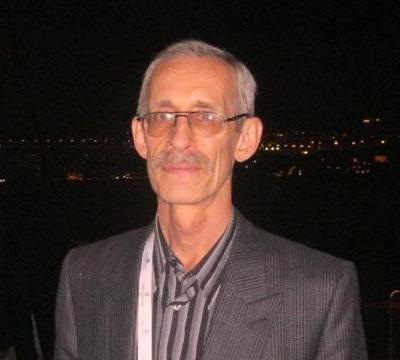The
visit to the embassy was bittersweet. Clearly Iranians are now of two
minds about this time warp into their anguished past. The museum is generally
closed, and visits require special arrangements for both foreigners and
Iranians. Iranians uniformly want to restore relations with the US.
Yes,
in the siege, the US was reaping the fruits of decades of imperialist
intrigues, notably its involvement in the overthrow of the Iranian Prime
Minister Mohammad Mossadegh in 1953 and the reinstalling of the Shah,
who kowtowed to the US and Israel, and presided over a ruthless and
unpopular dictatorship, turning Iranians against the US. At the same
time, Carter, who lost the 1980 election to the trigger-happy Reagan
primarily due to the hostage crisis, was America's most liberal
president, now revered as a humanitarian. Reagan's foreign policies were
far more militaristic, leading to Bush and the invasions of Afghanistan
and Iraq, hardly policies that were favorable to Iran.
The
US in the 1970s after Watergate and Vietnam was at its least aggressive,
seemingly ready to make some kind of peace with the world. 1975
witnessed the Soyuz-Apollo space mission with the Soviet Union, and
Carter signed major disarmament agreements with the Soviet Union. The
year 1979 brought an end to this, with upheavals in both Iran and next
door in Afghanistan, and we can only look back on 1978 with nostalgia.
As
the nearby muezzin called Iranians to prayer, we climbed into the van
to brave Tehran's traffic. Shadan told me wistfully how much she had
loved studying at the American School just down the street in the 1970s.
"Everything I learned in school is thanks to Mrs McNeal, my English and
History teacher at the American School. She was dedicated and made
learning fun. We were a truly multinational group. America in the 70s
was at its zenith. It's been downhill ever since," she sadly concluded.
A version of this appeared at Crescent-online.net
(Note: You can view every article as one long page if you sign up as an Advocate Member, or higher).





